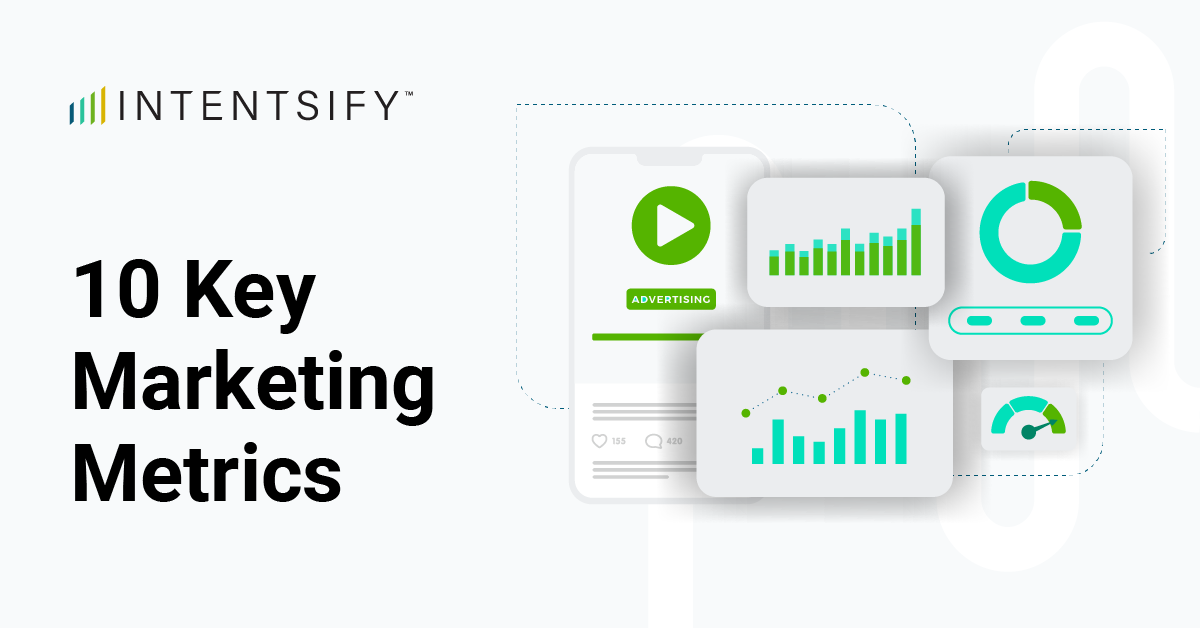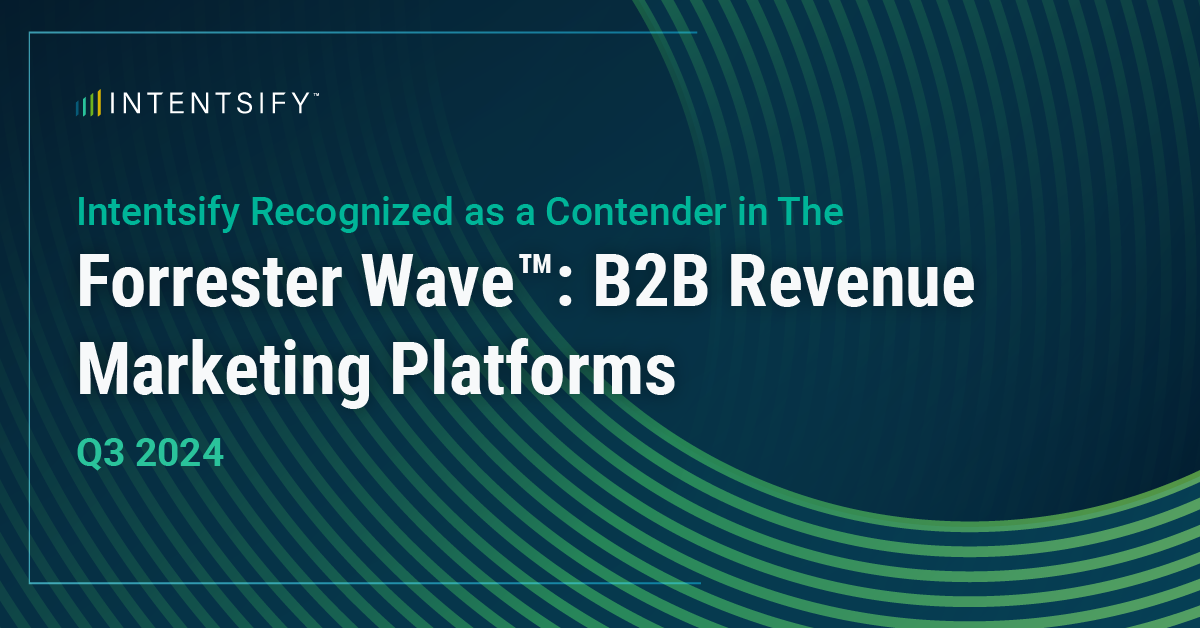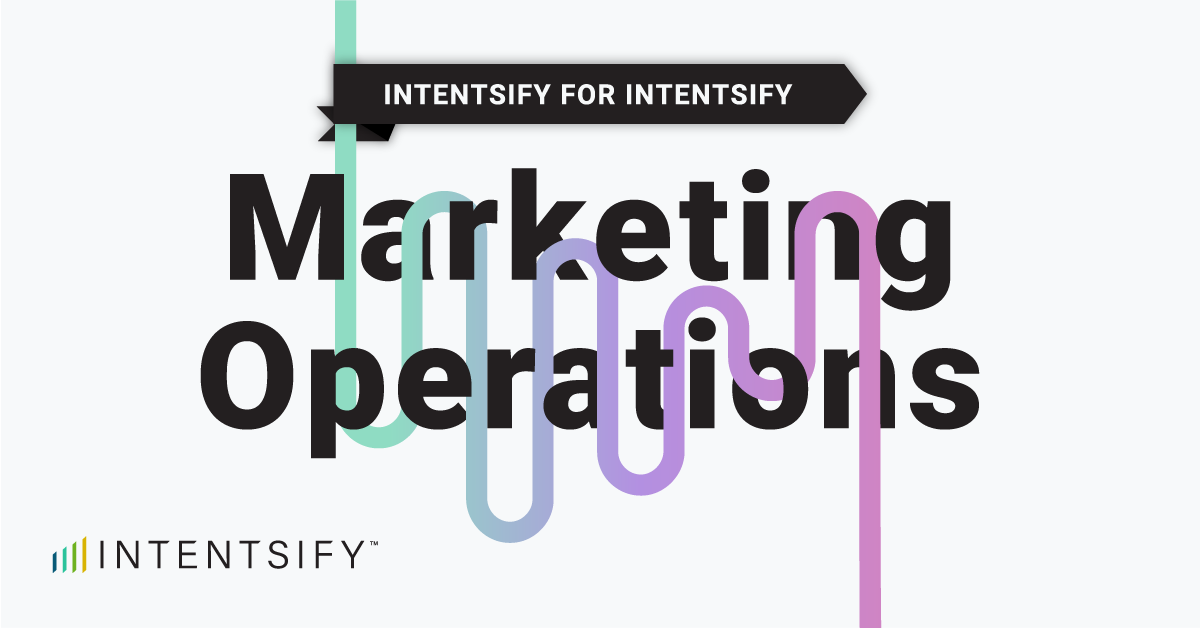Successful B2B marketing starts with understanding the numbers that matter and knowing how to leverage them. With the avalanche of metrics at their fingertips, marketers sometimes feel overwhelmed by information. By homing in on the right B2B marketing metrics, organizations can optimize campaigns for real results and better resource allocation. Let’s dive deep into which metrics truly matter and how to leverage them for maximum impact.
Why Metrics Matter in B2B Marketing
Metrics are the backbone of any successful marketing strategy. It helps B2B marketers in performance evaluation, finding room for improvement, and making better decisions. Monitoring the right metrics can:
- Improve customer acquisition.
- Improve the quality and conversion of leads.
- Promote better alignment between marketing and sales.
- Drive more ROI from marketing investments.
By consistently analyzing metrics, marketers can pivot their strategies to meet evolving business goals.
10 Key Metrics B2B Marketers Should Be Tracking
- Lead Conversion Rate
This shows the actual percentage of leads that convert into paying customers. If the conversion rate is too low, it indicates inefficiency in your funnel. Optimize by monitoring the messaging, ensuring it relates to the buyer’s intent and make sure leads are being nurtured with personalized campaigns. - Customer Acquisition Cost (CAC)
CAC is the total cost that has to be incurred on an individual customer toward marketing or selling. By monitoring CAC, you get to find the more cost-effective channels. Lower your CAC by prioritizing high-performing platforms and refining your targeting strategies. - Marketing Qualified Leads (MQLs)
MQLs are those leads qualified to be engaged by sales based on certain criteria. MQL volume is tracked to ensure that your marketing efforts are in line with the goals of sales. Improve MQLs by perfecting your lead scoring models and applying intent-based outreach. - Pipeline Velocity
This metric shows you the speed with which opportunities move through your sales pipeline. Slow velocity could indicate some friction in the process. Accelerate that by equipping your sales teams with timely and relevant content. - Return on Marketing Investment (ROMI)
ROMI is the measure of revenue generated relative to marketing spend. A high ROMI indicates good resource allocation. Continue this pace to scale the high-performing campaigns. - Website Traffic by Source
Understanding which channels drive the most traffic—organic, paid, or referral—informs you of where to target marketing efforts. - Bounce Rate
Bounce rate is the percentage of visitors that view one page of your website and then leave. A very high bounce rate could indicate irrelevant content or a bad user experience. Make sure your landing page meets their intent as closely as possible to lower bounce rates. - Content Engagement Metrics
Track metrics on time on page, scroll depth, and social shares of your content as an indicator of effectiveness. Generally speaking, if people are spending more time, reading deeper, and sharing, lead quality is positive. Use it to refine your approach to content for better performance in the future. - Cost Per Lead (CPL)
CPL stands for cost per lead and is basically the amount a business pays for generating a lead. This metric helps assign budgets effectively. Lower your CPL by improving audience segmentation using intent-driven ads. - Customer Lifetime Value (CLV)
CLV encapsulates the total revenue made from a customer relationship during a lifetime. Comparing the value of the CLV with the CAC will yield long-term profitability. Increase the CLV by nurturing relationships based on personalized content with after-sales support.
Tools and Techniques to Track Metrics
B2B marketing requires a robust tech stack to effectively track and analyze key metrics. Here are the essential tools and how to leverage them:
Analytics Platforms:
- Google Analytics 4: Track website behavior, traffic sources, user journeys, and conversion paths. Use custom dashboards to monitor specific campaign performance and set up goal tracking for key conversion points.
- Adobe Analytics: Enterprise-level analytics offering advanced segmentation and attribution modeling for complex B2B buyer journeys.
Marketing Automation:
- HubSpot: Centralize your marketing efforts with comprehensive tracking of email campaigns, landing pages, and lead scoring. Leverage its CRM integration for full-funnel visibility.
- Marketo: Enterprise-grade automation platform excellent for complex nurture campaigns and advanced lead scoring based on behavioral data.
CRM Systems:
- Salesforce: Track lead-to-customer conversion rates, pipeline velocity, and revenue attribution. Use custom fields and reports to monitor specific B2B metrics.
- Microsoft Dynamics: Robust option for enterprises needing deep integration with Microsoft tools and detailed sales analytics.
Intent Data Provider:
- Intentsify: Use AI-powered insights to predict buyer readiness and optimize targeting.
Integration and Visualization:
- Tableau: Create custom dashboards combining data from multiple sources for comprehensive reporting.
- Power BI: Build interactive visualizations and real-time monitoring of key metrics.
Best Practices for Implementation
- Start with clear measurement objectives aligned with business goals
- Ensure proper tracking setup with regular audits
- Create standardized reporting templates
- Establish data governance procedures
- Train teams on tools and interpretation
- Regular calibration of tracking parameters
By integrating these tools effectively, you can:
- Automate data collection and reporting across channels
- Generate actionable insights through cross-platform analysis
- Enable real-time decision making with automated alerts
- Create a single source of truth for marketing performance
- Demonstrate clear ROI to stakeholders
This comprehensive approach to tracking ensures you’re not just collecting data, but turning it into actionable insights that drive marketing success.
Making Data-Driven Decisions
Metrics are only as valuable as the actions they drive. By continuously analyzing data, marketers can identify trends, capitalize on opportunities, and work around challenges. For example, pipeline velocity might reveal a choke point that could be enhanced by offering better content. Similarly, ROMI ensures that budgets are invested in the most profitable campaigns.
To make the most of data-driven decisions:
- Regularly review and refine your KPIs.
- Involve both marketing and sales teams in the analysis.
- Guide long-term strategy and day-to-day execution with insight.
Common Pitfalls and How to Avoid Them
While metrics are of immense value, tracking the wrong metrics or misinterpretation will most definitely result in poor decisions. Here’s a look at some of the frequent mistakes made by companies in analyzing metrics:
- Focus on Vanity Metrics: Metrics such as page views may look impressive but actually offer little insight into performance. Focus instead on actionable metrics such as lead conversion rate and ROMI.
- Out of Context: All metrics must be placed in their broader context in relation to your business goals. For example, a high CPL might be acceptable if the leads are of a very high quality.
- Not Acting on Insights: Data is only useful if it drives action. Regularly review your metrics and use them to refine campaigns.
Conclusion: Metrics as a Growth Tool
Focusing on the right metrics in B2B marketing fuels smarter campaigns for better ROI, aligning marketing and sales teams. It’s where one gets insightful information on how to fine-tune at every stage of a marketing funnel, with very actionable metrics around lead conversion rates, customer acquisition costs, or content engagement levels.
Ready to take your campaigns to the next level? Learn how Intentsify’s intent-driven marketing solutions can help you track and optimize metrics for driving better results. Visit Intentsify.io to learn more.






